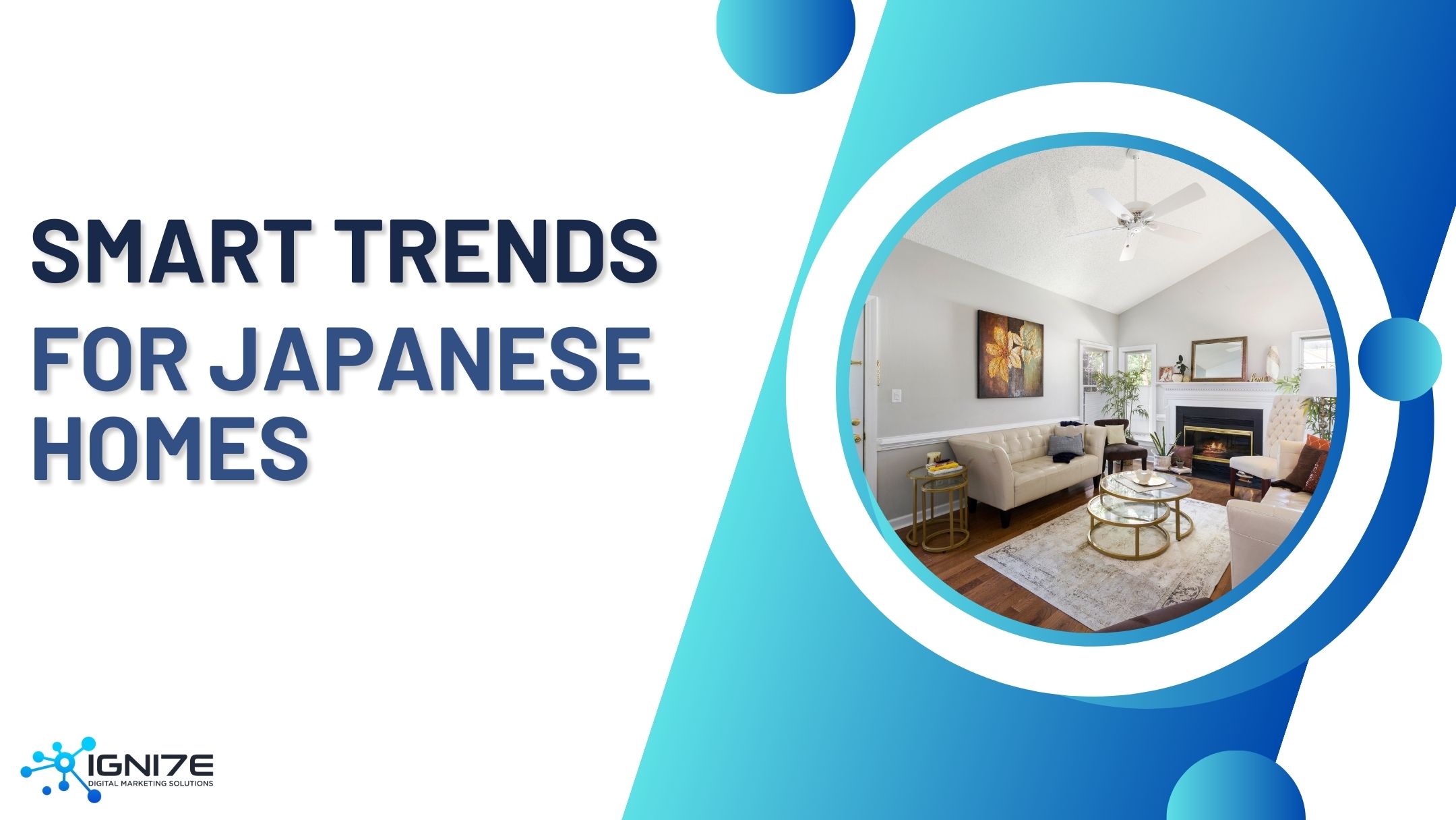Top 5 Most Expensive and Exclusive Places to Live in Japan

Japan is a country where the cost of living can vary drastically depending on the region. From the bustling urban centers to the tranquil rural towns, the price of daily life is influenced by a multitude of factors. These differences are particularly evident between urban and rural areas, with metropolitan areas commanding some of the highest living costs in the world. The costs of housing, food, transportation, healthcare, and education all play crucial roles in shaping the overall expenses of a region.
One of the most notable factors affecting the cost of living is the demand for housing. In major cities like Tokyo, the competition for rental properties is fierce, driving up prices in certain areas. In contrast, rural areas may offer more affordable housing options, but these regions often face unique challenges that can also contribute to higher living costs, such as limited public transportation infrastructure and increased logistical expenses. Even the cost of food can vary significantly depending on the region, with rural areas sometimes facing higher prices due to transportation and distribution challenges.
This article takes a closer look at the five prefectures in Japan where the cost of living is highest. While many of these areas are known for their thriving urban environments and economic opportunities, the price tag of living in these regions can be a concern for residents. Whether you're considering a move to Japan for work, study, or family life, understanding these regional cost differences is crucial for planning your budget and lifestyle. We hope to provide a comprehensive overview of what you can expect when living in some of Japan's most expensive areas, offering valuable insights for both policy-makers and individuals planning their personal finances.
Areas with the Highest Average Cost of Living
- Tokyo Metropolis
- Kanagawa
- Hokkaido
- Chiba
- Kyoto
1. Tokyo Metropolis

As the capital of Japan, Tokyo stands as the most expensive city in the country, particularly in terms of housing. The demand for living space in this vibrant metropolis has driven property prices and rents to record highs. Certain districts, such as Minato, Shibuya, and Chiyoda, are particularly known for their exorbitant rental rates, with rents in these areas often well above the national average. The average rent in Tokyo is approximately 75,179 JPY, which is around 20,000 JPY higher than the national norm.
In addition to housing, daily living expenses such as groceries, dining out, and entertainment are also considerably higher than in other regions. Tokyo is home to many high-end supermarkets and department stores, contributing to the increased cost of goods. The city's extensive and heavily utilized public transportation system also adds to the cost of commuting, with individuals often facing high transport expenses. Additionally, education and healthcare costs in Tokyo tend to be on the higher side, further elevating the overall living costs.
2. Kanagawa
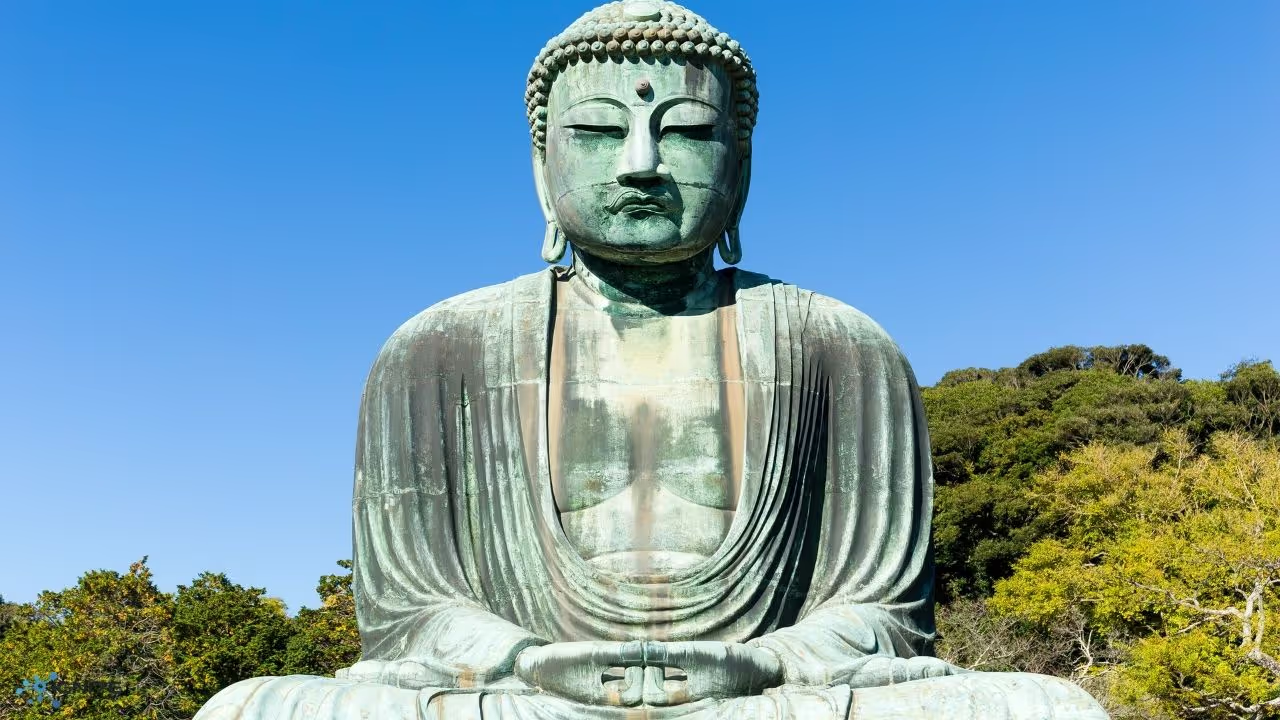
Kanagawa, located just south of Tokyo, is another area where the cost of living is notably high. Cities like Yokohama and Kawasaki are particularly expensive, driven largely by their proximity to the capital and their popularity as bedroom communities for Tokyo workers. Central Yokohama, especially areas near the waterfront, has some of the highest rental prices in the prefecture, with an average rent of around 69,000 JPY. While slightly lower than Tokyo, this is still considerably higher compared to other areas in Japan.
Living expenses in Kanagawa are generally high, with food and daily necessities typically priced above the national average. As many residents commute to Tokyo, transport costs are a significant contributor to the overall cost of living. Commuting via both private railways and JR lines can be expensive, especially for those with longer journeys. Moreover, the cost of education and healthcare also contributes to the region’s high living costs.
3. Hokkaido
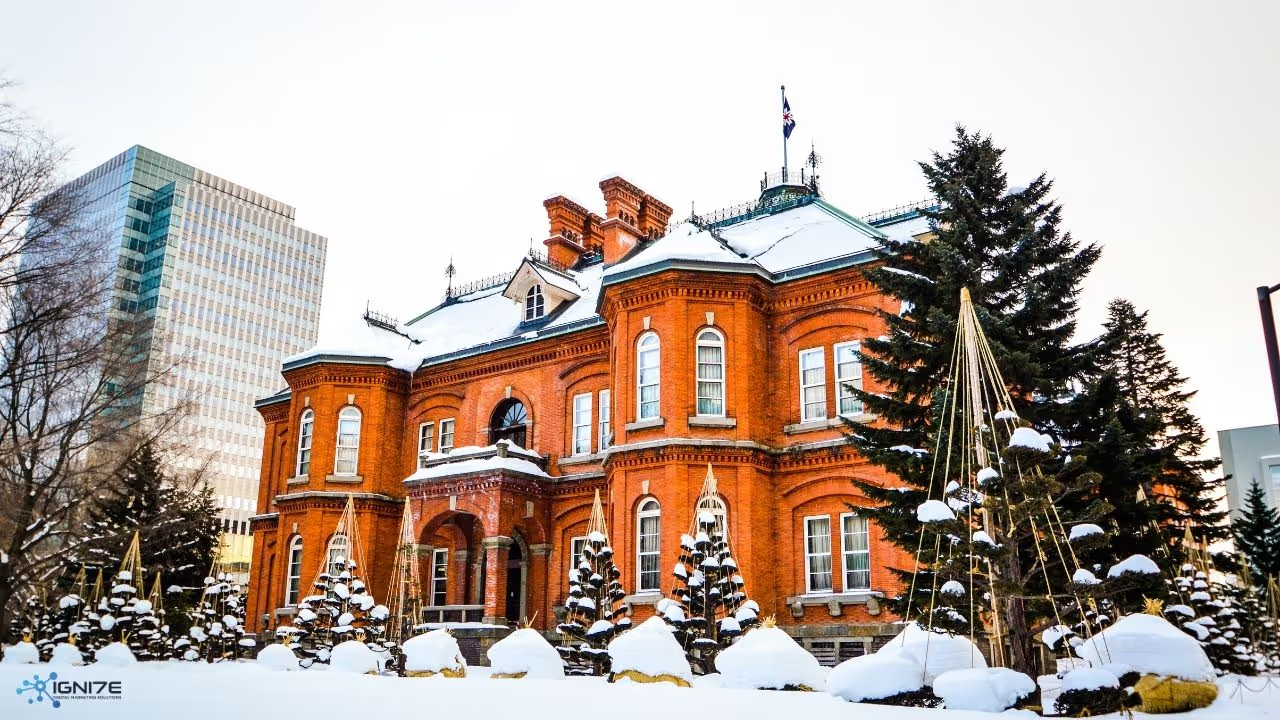
While Hokkaido, particularly the city of Sapporo, offers relatively lower housing costs compared to Tokyo or Kanagawa, it ranks among the most expensive regions due to food-related expenses. The cost of groceries in Hokkaido is relatively high, especially for vegetables and fruit, which are often imported from other regions or countries. Additionally, the harsh winters in Hokkaido increase heating costs significantly, making the cost of living higher during the colder months.
Hokkaido's climate also impacts daily life, as snow removal and heating during winter months require extra expenditure. However, in comparison to the bustling cities of Tokyo and Yokohama, overall living costs in Hokkaido remain more manageable, especially when it comes to rent. Despite the region’s high food and heating costs, it is still a more affordable option for those seeking a slower pace of life in a large, spacious setting.
4. Chiba
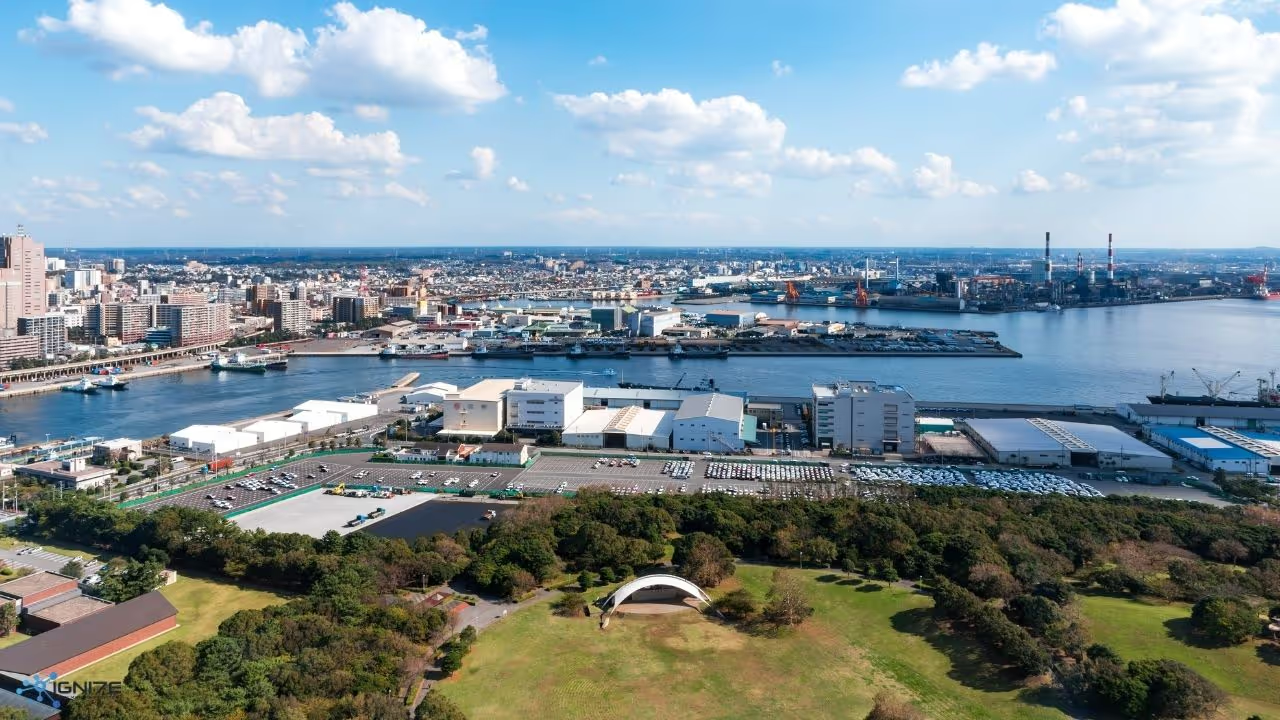
Chiba, situated next to Tokyo, is another region where living costs can be surprisingly high. The presence of Narita Airport and the area's proximity to Tokyo make it a desirable location for commuters. Cities like Chiba City and Funabashi are particularly in demand, with many people living here due to the affordable housing options compared to central Tokyo. However, rents in these cities are still significantly higher than in many other regions of Japan.
In addition to housing, the cost of food and daily necessities is also elevated in Chiba. The cost of commuting to Tokyo is another major expense, with many residents reliant on JR or private railway services for their daily commute. The high cost of transportation, combined with education and healthcare expenses, makes Chiba an expensive place to live despite its relative affordability compared to the heart of Tokyo.
5. Kyoto
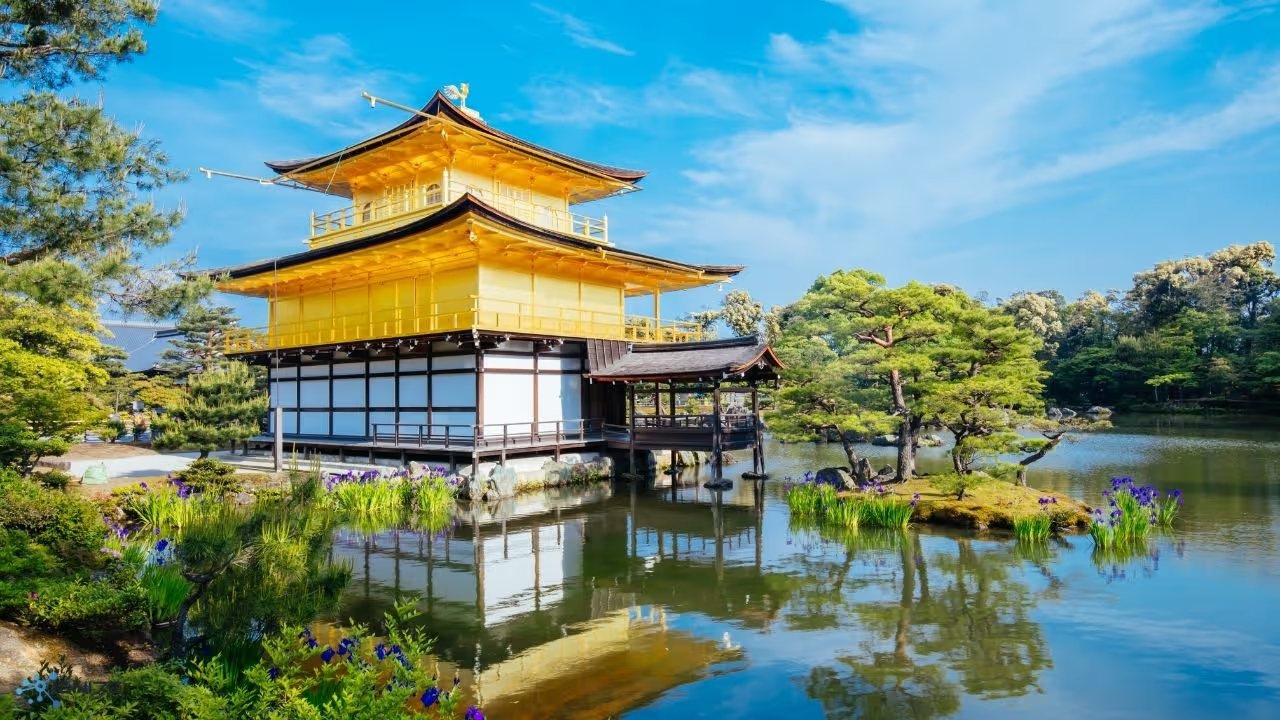
Kyoto, a city known for its cultural significance and historical beauty, also ranks among the top areas with high living costs in Japan. In particular, rental prices in Kyoto City are elevated due to the strong demand from both residents and tourists. The city center, especially near tourist attractions, sees some of the highest rent prices. These areas often cater to tourists, and prices in these locations tend to reflect the high demand for accommodation.
In addition to housing costs, the price of food in Kyoto is relatively high. This is especially true for dining out, with many restaurants catering to both locals and the thriving tourism industry. Furthermore, Kyoto’s climate, with hot summers and cold winters, leads to higher air conditioning and heating costs, further adding to the living expenses.
Conclusion
The prefectures mentioned above—Tokyo, Kanagawa, Hokkaido, Chiba, and Kyoto—are primarily urban areas with a high cost of living, largely driven by housing demand, transportation costs, and region-specific factors like tourism or climate. Understanding the unique characteristics of each area is essential when considering living costs in Japan. While some regions offer lower housing expenses, the overall cost of living can still be high due to factors such as transportation, food, and energy costs.
Whether you are moving to Japan for work, study, or leisure, it is crucial to take these factors into account when planning your life and budgeting. By being aware of the regional differences, you can make informed decisions about where to live based on your personal lifestyle preferences and financial situation. Use this guide as a reference to better understand the cost of living in Japan’s most expensive prefectures.





